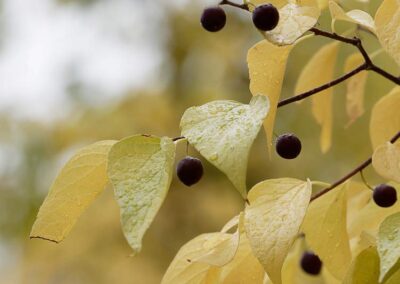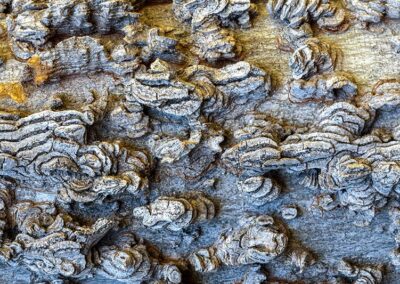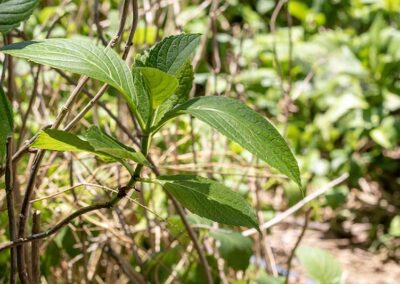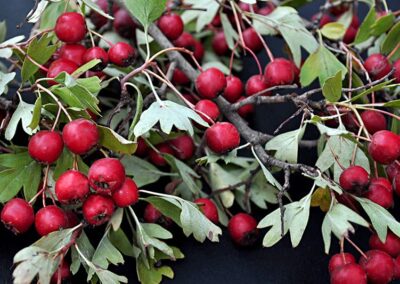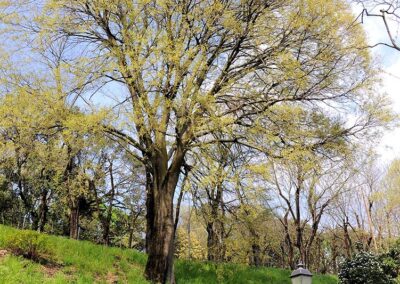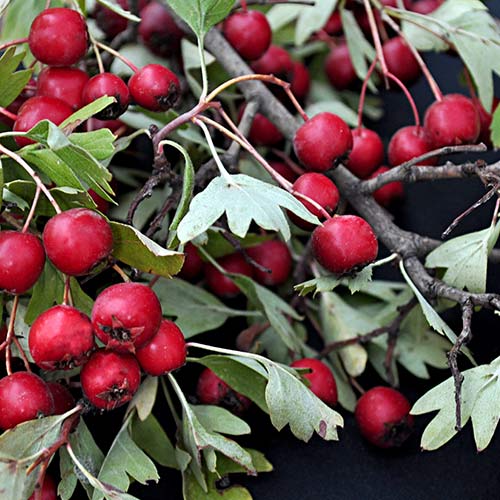
Hackberry

Pollen Type: Tree
Cross-Reactivity: Elm, Hackberry
HS Allergy Extract: None
Family: Cannabaceae
Genus/Species: Celtis occidentalis
Common Names: Nettletree, Sugarberry, Beaverwood, Northern Hackberry, and American Hackberry
Distribution: Parts of New England, south to North Carolina-(Appalachia), west to northern Oklahoma, and north to South Dakota.
Locations: Forest; prefer moist soil and humid climates
Pollination Method: Wind-pollinated
Pollinating Period: April & May
Description: The American hackberry is a deciduous tree native to North America, typically growing 30′-50′. It has a slender trunk, round-topped crown, and drooping branches. The cork-like bark is light brown or silvery gray and features a distinct pattern of thickly pressed scales and wart-like lumps. The slender branchlets transition from light green to red-brown and eventually to dark red-brown. Its simple leaves are alternate and measure 2″-4″. They have a sharply toothed edge, an uneven base, and a sharply pointed tip. Three central veins develop from the base, and one side of the leaf is longer or broader than the other. The upper surface is rough, while the lower surface is hairy. Soon after the leaves appear, the tree blooms with greenish flowers grown from slender drooping pedicels. The tree is polygamomonoecious, meaning that it has staminate (male), pistillate (female), and perfect (both male and female) flowers. The light brown winter buds are egg-shaped. The fruit of the American hackberry is a fleshy, oblong drupe that measures between 1/4″-3/8″ in length. It is dark purple when it ripens in the fall and remains on the branches throughout the winter.

